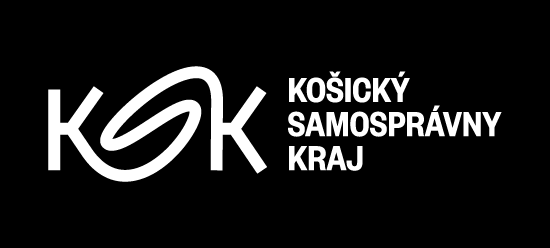Opening: 24. 5. 2023 at 6PM
Exhibition duration: 25. 5. 2023 – 1. 10. 2023
Curators: Monica Holmen, Rikke Komissar
Artists: Karrar Al-Azzawi, Bente Sommerfeldt-Colberg, Olia Fedorova, Audun Jansen Haga, Celina Kanunnikava, Anna Konik, LesiaVasylchenko
Alžbetina 22, Košice
Herbert Hoover once said “Older men declare war, but it is youth that must fight and die.”
The quote may seem banal and obvious, but it reflects the reality of who is actually required to fight in wars and other conflicts. With few exceptions, the leaders of warring countries will remain safe in their offices, while ordinary people are sent on dangerous missions with their lives at stake.
On UN websites, we read that “we are facing the highest number of violent conflicts since 1945,” underscoring the serious situation in which society finds itself today. Seen from a global perspective, there are always ongoing conflicts in the world. From a European perspective, Russia’s war of aggression against Ukraine has disrupted an era of relative peace in Europe.
In wars and violent conflicts, the parties will always seek to promote their own narratives, and the news and social media become more important than ever. Fake news, deepfake, censorship and propaganda are crucial themes in an increasingly pressurized media reality. Parties to a conflict may shut down social media, making other platforms important means for ordinary people to report about their everyday lives in wartime.
In the face of war and conflict, artists have used their voices throughout history to express their views and to protest. As an art institution, Nitja acknowledge the importance of doing what we can to increase the visibility of engaged voices. The exhibition Power and Frailty presents seven artists who in different ways comment or reflect on issues concerning war, conflict, power dynamics and news coverage.
Some of the works provide insights into what it is like to be a refugee or to live in an active war zone in which art may well be viewed as activism, while others address how power may be exerted by means such as architecture and fake news. Viewed as a whole, the exhibition reveals perspectives that offer a broader understanding of individual experiences from war and conflict, while the various works convey reflections on having power and being powerless.




